Nike Flyknit Collective: Architectural Installations Inspired by Sport
by: Core77, 2012-10-20 00:00:00 UTC

 Top: New York City myThread Installation by Jenny Sabin.
Top: New York City myThread Installation by Jenny Sabin.
Bottom: Beijing Design Week Feather Pavilion by Arthur Huang
Coming off the success of their Flyknit collection, Nike has launched the Nike Flyknit Collective: an architectural initiative challenging a curated group of designers, artists and architects to create installations based on the core features of the collection—performance, lightness, formfitting and sustainability.
We had an opportunity to see 2 of the installations in person over the past few weeks and although the installations were quite different, it was interesting to follow the path of practitioners separated by geography and disciplines as they explored the way that yarn can be employed to create engaging structural experiences.
 Jenny Sabin installing the myThread Pavilion
Jenny Sabin installing the myThread Pavilion
Philadelphia-based architectural designer Jenny Sabin's work explores the intersection of architecture, biology, craft, technology and generative design.


(more...)


 Combining Sustainability, Great Design
Combining Sustainability, Great Design
by: Environmental Leader, 2012-10-19 10:04:39 UTC

RAU has undertaken a number of projects for both the public and private sector, including the Dutch HQ for WWF and the revamp of a 1950s laboratory into a CO2 neutral, self-sufficient system.
 the perpetual energy wasting machine by niklas roy
the perpetual energy wasting machine by niklas roy
by: Designboom - Weblog, 2012-10-19 08:45:00 UTC

the system consists of a rope and pulley construction which moves an elevator continuosly between two levels of a building.
read more
Green buildings-A sustainable choice
by: Ecofriend, 2012-10-17 04:08:23 UTC

With the recognition of the need to save the environment from getting more polluted, people are shifting towards the eco-friendly substitutes of anything and everything. Not only the government and scientists but the common people have also realized their responsibility to make the environment as pollution free as possible to order to lead a healthy existence. People are becoming more conscious and the standards are being marked for the quality check of every product so that the environment does not get harm by any of the pollutant means. Thus, the buildings are also being constructed in the green way so that the material being used in the construction process does not affect either the environment or the people residing in it.
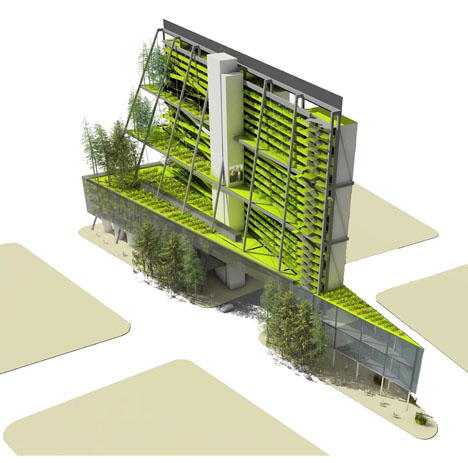
Making the existence green
With the rising trend of eco-friendly buildings and towns, the focus is to make not only the newly constructed buildings green but also to bring the already existing buildings in the ‘eco-friendly’ hub so that the entire world could be made pollution free. Though it might not seem to be feasible, the experiments are being carried out and many options are being considered which can help to make the old buildings as much environmental friendly as possible by integrating them with the green components.
Growing awareness
People are becoming more familiar and alarming about the rising issues which could endanger their existence. For instance, the problems of water shortage as well as water flooding have been recognised in some of the areas of the world. Hence, the environmental friendly buildings are being structured in such a manner that they can be useful in the rain water harvesting process in areas where there is shortage and can allow the continuous flow of the water in a very systematic manner in the areas where the risk of flooding has been predicted.

The thing which has resulted in this growing trend is the increasing environmental problems that are being discussed among the common public more these days. The people worldwide have become more careful about the surroundings they live in and thus making every possible contribution in order to make their existence better by going green in everything including their buildings. They have become more aware about the quality and the level of standard of the products they chose rather than just going by the look of the house, which has helped to cope up with the environmental degradation to some extent.
Image courtesy:-indiacube.com
The Energy Collection by Marjan van Aubel wins DOEN Materiaalprijs
by: Dezeen, 2012-10-21 15:33:31 UTC
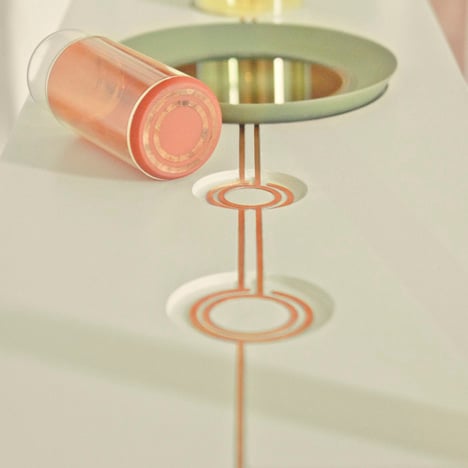
News: a range of drinking glasses, jugs and vases incorporating dye that generates electricity from sunlight by Marjan van Aubel has won the DOEN Materiaalprijs at Dutch Design Week (+ movie). (more…)


 presso - an electricity free espresso machine
presso - an electricity free espresso machine
by: Designboom - Weblog, 2012-10-19 09:15:00 UTC
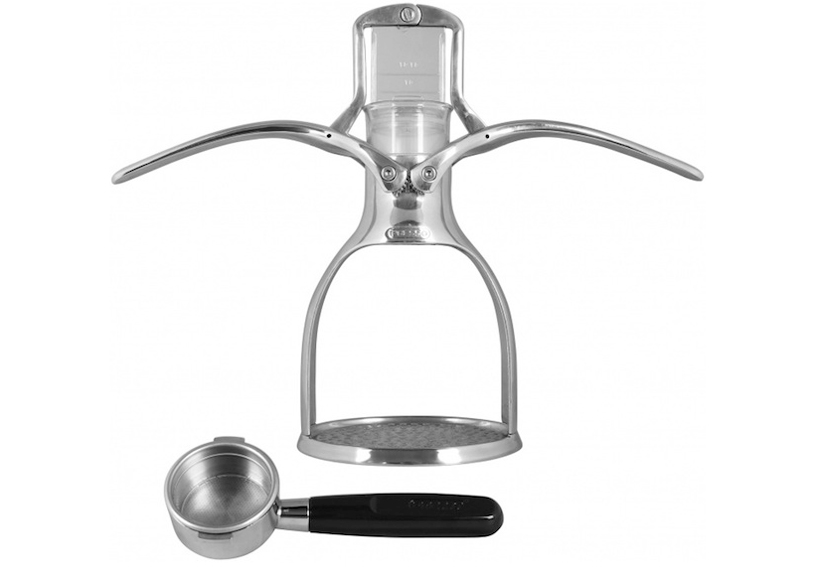
users can press and pull a series of levers to turn packed ground beans into a perfect shot of espresso only using boiled water.
read more
höweler + yoon architecture wins AUDI urban future award 2012
by: Designboom - Weblog, 2012-10-19 15:20:00 UTC
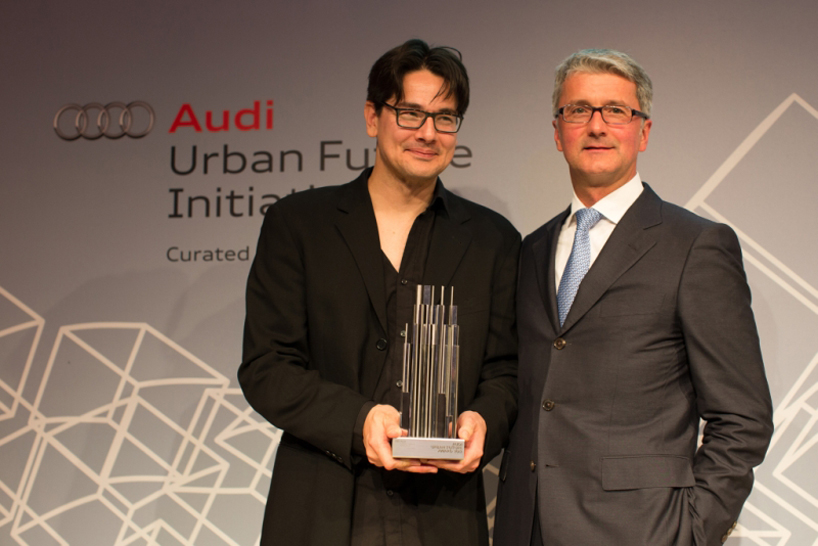
the firm's 'boswash project' looks to creating a system which interconnects existing modes of transportation between boston and washington to enhance inhabitants' experience of commuting.
read more
Re-Ply Recliner by Dan Goldstein
by: mocoloco, 2012-10-19 00:08:14 UTC



 Orla Kiely’s ‘Intimate Garden Shed’ is a Tiny Pop-Up Home Filled With Plants
Orla Kiely’s ‘Intimate Garden Shed’ is a Tiny Pop-Up Home Filled With Plants
by: Inhabitat , 2012-10-19 11:57:38 UTC

Orla Kiely rocked the Chelsea Flower Show earlier this year with the Intimate Garden Shed, a vintage tiny home full of plants and flowers. Famous for her prints, the London-based Irish designer wasted no time adorning the small space with a series of recycled furniture pieces, patterned flower pots and wall-to-ceiling wallpaper.





Read the rest of Orla Kiely’s ‘Intimate Garden Shed’ is a Tiny Pop-Up Home Filled With Plants
Permalink |
Add to
del.icio.us |
digg
Post tags: artisan garden shed, Botanical, Chelsea Flower show, eco design, flowers, garden shed, green design, Orla Kiely, Recycled Materials, sustainable design, UK
The Sgabellissimo is a Two-Legged Stool and Ladder Rolled Into One Precarious Piece of Furniture
by: Inhabitat , 2012-10-19 17:00:53 UTC

The Italians like to keep the design world on the edge of their seats—literally. The Sgabellissimo from Modoloco Design is a two-legged stool that becomes a small ladder when turned upside down. Teetering on the edge of dangerous, sitters need to engage some serious core muscles to remain upright. Using the Sgabellissimo as a ladder requires the balance of an acrobat, and one wonders if the piece’s designer was ever a fan of the circus.




Read the rest of The Sgabellissimo is a Two-Legged Stool and Ladder Rolled Into One Precarious Piece of Furniture
Permalink |
Add to
del.icio.us |
digg
Post tags: fliz concept bike, italy, ladder, Milan, modoloco design, sgabellissimo, stool
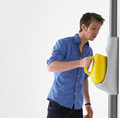




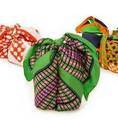
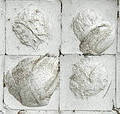


Comments by our Users
Be the first to write a comment for this item.